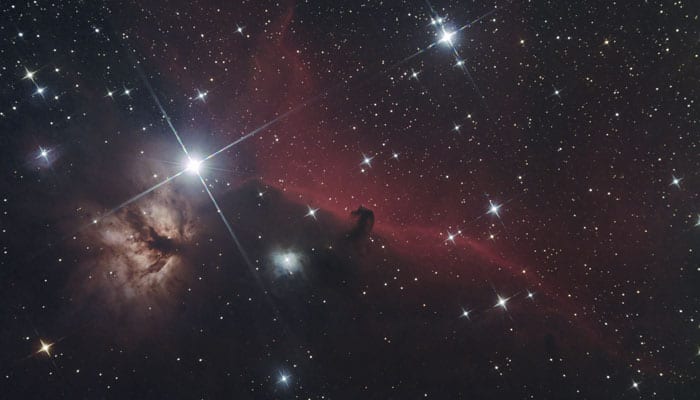Washington: A new study has recently revealed that stars in the large middle-aged clusters at least, appear to be of similar age.
NGC 1615, a middle-age star cluster located in the Large Magellanic Cloud, contains stars that are of a more uniform age than previously believed.
A close look at the night sky reveals that stars don't like to be alone; instead, they congregate in clusters, in some cases containing as many as several million stars.
Until recently, the oldest of these populous star clusters were considered well understood, with the stars in a single group having formed at different times, over periods of more than 300 million years.
Using data from the Hubble Space Telescope, a team of researchers at the Kavli Institute for Astronomy and Astrophysics (KIAA) at Peking University and the Chinese Academy of Science's National Astronomical Observatories in Beijing have found that the star formation in these clusters was more complex.
Previous observations of massive star clusters revealed a relatively large amount of variation in temperature from stars reaching the end of their core hydrogen supply, suggesting that the stars within the clusters varied in age by as much as 300 million years or more.
Hertzsprung-Russell Diagram Observational data (black points) reveal that models characterized by an age spread of about 450 million years (young model shown in blue, old model in red) can fully describe the NGC 1651 cluster stars powered by hydrogen fusion in their cores, but not the phase in which they burn hydrogen in a shell around the cores.
Chengyuan Li, a doctoral student at Peking University, said that young clusters are thought to quickly lose any remaining star-forming gas during the first 10 million years of their lifetimes, which would make it difficult for the stars in a single cluster to vary in age by more than about 10 million years.
Licai Deng, principal scientist at the National Astronomical Observatories, said that these latest results resolved nearly a decade of debate among scientists; as such, the results were deemed "solid and welcome" by the peer-reviewers.
The study is published in the journal Nature.
















